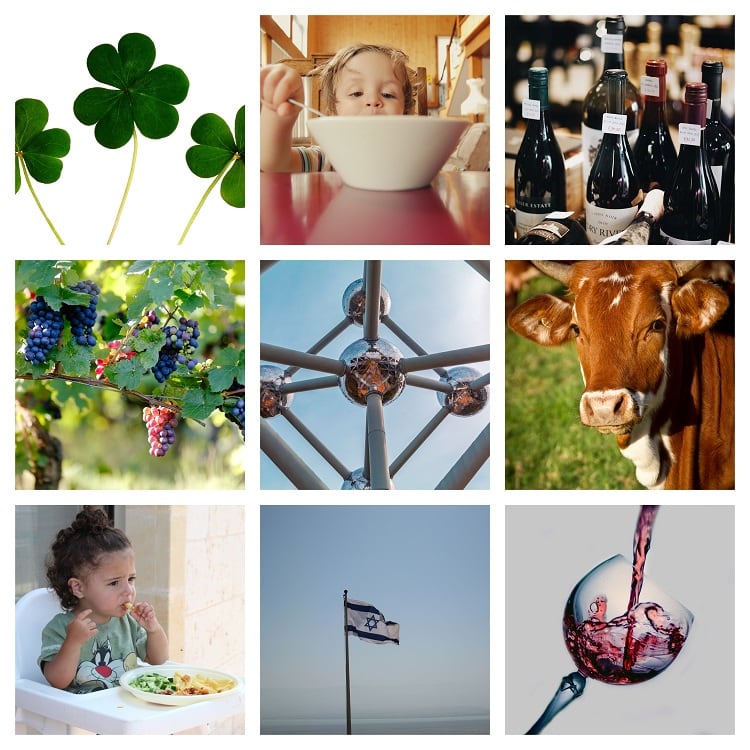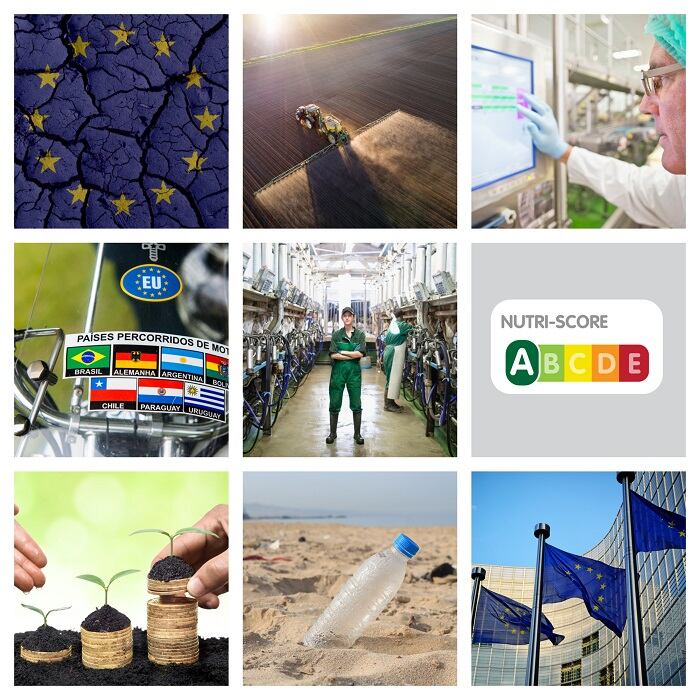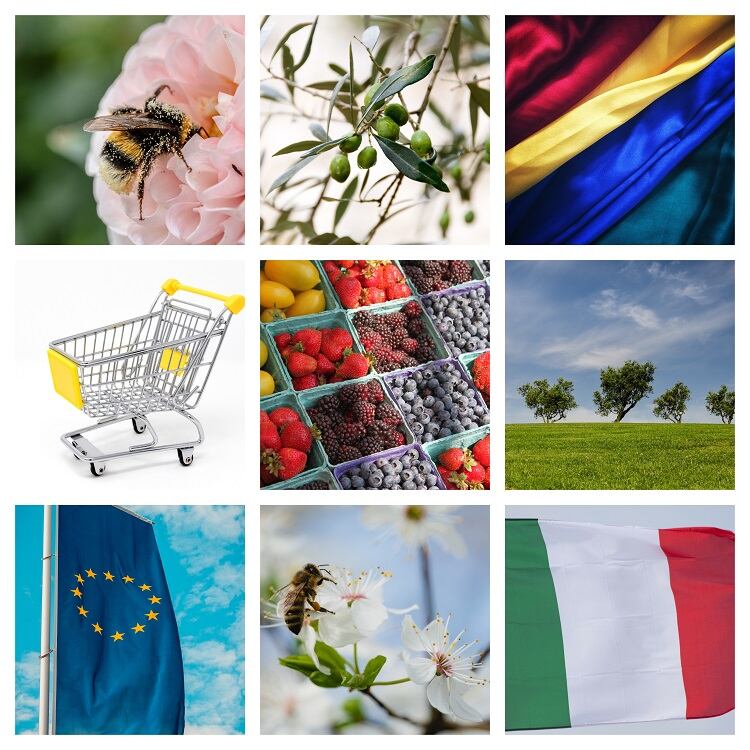For food produced in Israeli settlements on Occupied Territory, carrying a geographical label is in line with EU law, says Advocate General
According to Advocate General Gerard Hogan, requiring products originating in a territory occupied by Israel since 1967 to display the geographical name of the territory is in line with EU law.
Where relevant, the name of the Israeli settlement that produced the item should also be listed on the label, he said.
The announcement was sparked by the French Minister for the Economy and Finance, who in 2016 published a notice to economic operators: “Foodstuffs from the territories occupied by Israel must (therefore) be labelled to reflect this origin.”
Yesterday (14 June), Hogan stated that while ‘country of origin’ clearly refers to the countries and their ‘territorial seas’, the ‘place of provenance’ of a foodstuff is not necessarily linked to the name of the geographical area concerned.
“In the light of these definitions, the Advocate General asks whether the absence of the indication of the origin or place of provenance of a foodstuff originating in a territory occupied by Israel could mislead the consumer,” wrote the Court of Justice of the European Union.
“The Advocate General notes therefore that, in the context of the Israeli policies vis-à-vis the Occupied Territories and the settlements, there may be some consumers who object to the purchase of products emanating from the territories.”
The Advocate General concluded that the Court should rule in favour of EU law requiring the on-pack inclusion of the geographical name or settlement, if relevant.
Heard on the grapevine: Spanish and Italian wines enter PDO register
The European Commission has approved the application for registration of three wines in Spain and one wine in Italy in the register of protected designations of origin (PDO).
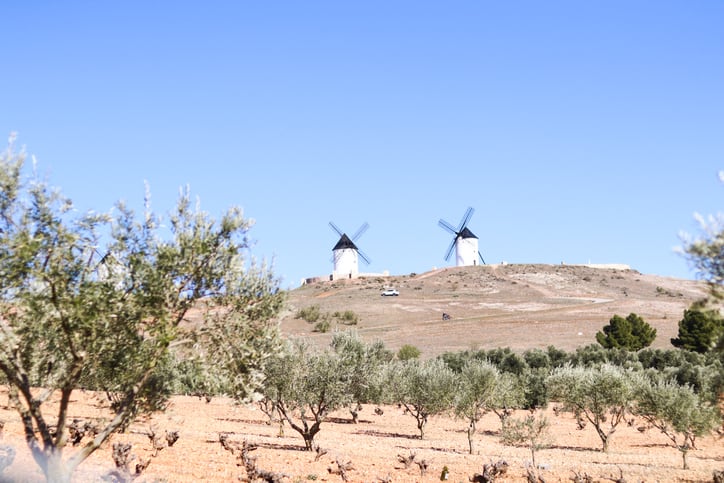
In Spain, ‘Los Cerillos’ and ‘Vallegarcia’ wines comes from grapes grown in the central province of Ciudad Real.
Los Cerillos is made from Tempranillo, Cabernet Sauvignon and Shiraz. The wine is either ‘purple red’ or cherry in colour, with an floral and fruity aroma. The white wine Vallegarcia is intense yellow in colour, with aromas of stone fruits, tropical fruits, and white flowers.
Red ‘La Jaraba’ wines are made in the Spanish Cuenca province, southeast of Madrid. The wine is made from different varieties: Tempranillo, Cabernet Sauvignon, Merlot and Graciano, which are aged in oak barrels for at least nine months. La Jaraba is dark cherry in colour and portrays mineral notes, as well as wild berries and balsamic.
The Italian red wine ‘Nizza’ is produced with Barbera grapes in Italy’s north-western Asti province. Dry and full-bodied in flavour, the wine contains a minimum of 13% alcohol.
The four applications join 160 registered protected wine appellations of origin (available here).
Phosphates under fire
The European Food Safety Authority (EFSA) has raised concerns that some population groups – particularly infants, children and adolescents – are consuming too many phosphates.
Phosphates are used as texturisers in food products, as they loosen the structure of protein and deliver a creamier or juicier mouthfeel. The food additive can be found processed meats, processed fish products, processed cheese, fizzy drinks, some bakery products and instant sauces.
According to exposure and toxicity data from EFSA’s Panel on Food Additives and Flavourings (FAF), exposure estimates exceed the proposed acceptable daily intake (ADI) for these young age groups. Phosphates exposure by food supplements also exceeded the proposed ADI, according to EFSA.
In response to these findings, the Panel has called on the European Commission to consider setting a Maximum Permitted Level (MPL) for phosphates (E 338-341, E 343, E 450-452) as additives in food supplements.
The European Consumer Organisation (BEUC) openly supports EFSA’s most recent opinion. “We welcome the publication of the EFSA opinion re-evaluating the safety of phosphates. It confirms that some population groups ingest too much phosphates through their diet – whether these occur naturally in foods such as fish or dairy products or are used as food additives in soft drinks, meat or bakery products,” said BECU’s senior food policy officer Camille Perrin.
“While phosphates are everywhere in our food, meat products – along with bread and rolls, processed cheeses and sugars and syrups – are among the food categories contributing the most to exposure to phosphates as food additives. The priority should be to cut phosphates in those foods as much as possible.”
Irish farmers discuss distribution of €100m Brexit Beef Fund
The Ireland Farmers Association (IFA) have instigated meetings across the country to update farmers on the Brexit Beef Fund and discuss farmers’ views on its distribution.
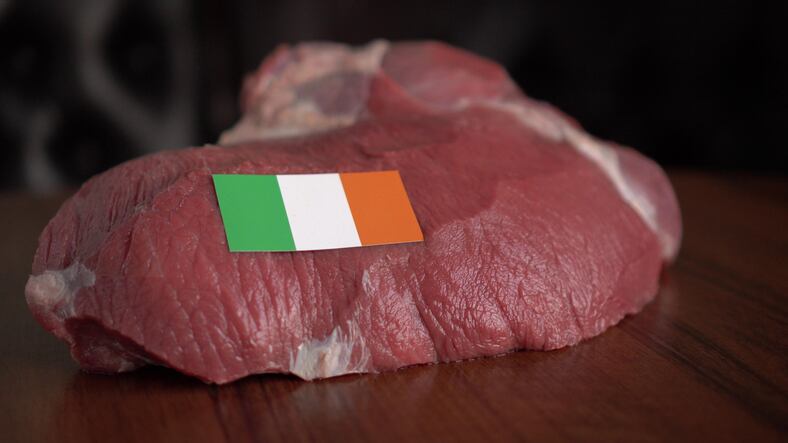
Topics covered at the meetings, which will be held in a number of counties until 20 June, include IFA’s basis for securing the funding and the principles for pay-out.
The meetings have been set following the European Commission’s announcement that €50m will be given to Irish beef farmers. The Irish government will also have the possibility to match this fund, raising the total to €100m.
“The fund recognises the particular difficulty that Irish beef farmers have experienced during an unprecedented and sustained period of low prices, principally driven by events beyond their control,” said EU Commissioner for Agriculture and Rural Development, Phil Hogan, when announcing the fund last month.
“This fund will support a fragile but very important sector and protect its long-term viability. The European Commission has concluded that the sector is in need of an immediate response.”
Agri-food chain commits to safe food for consumers
On the occasion of the first World Food Safety Day on 7 June, a number of European trade associations have reiterated their commitment to safe food from consumers “from farm to fork”.
“Food safety is a joint responsibility” according to Food Safety Platform Members CELCAA, Copa-Cogeca, EuroCommerce, FEFAC and FoodDrinkEurope, and is “dependent on strong partnerships along the agri-food chain”.
The associations applauded Europe for having “the safest food in the world”, which they attributed to its regulatory measures covering agricultural and animal practices, and compliance with high food safety standards.
“Ensuring that food is safe, from a production, marketing, trade and consumption perspective, is a non-negotiable responsibility that all partners along the food chain must adhere to, regardless of their place, for the benefit of everybody in the chain and particularly consumers,” the Platform members continued.


